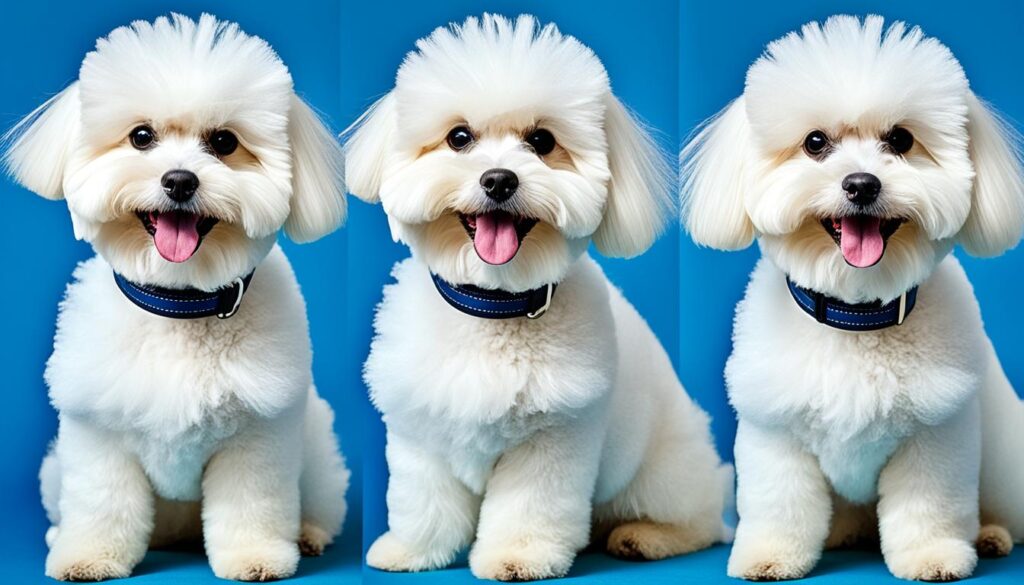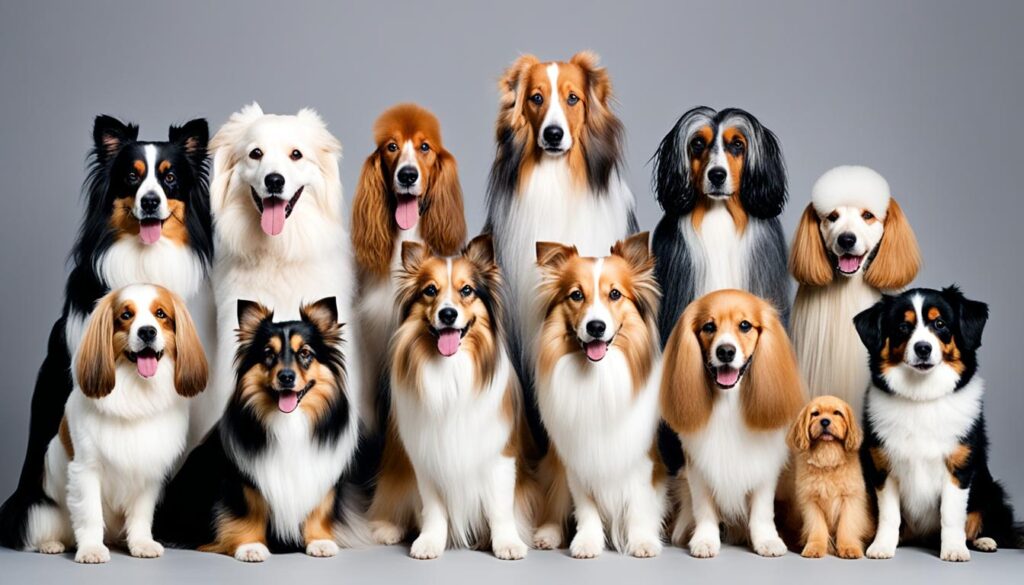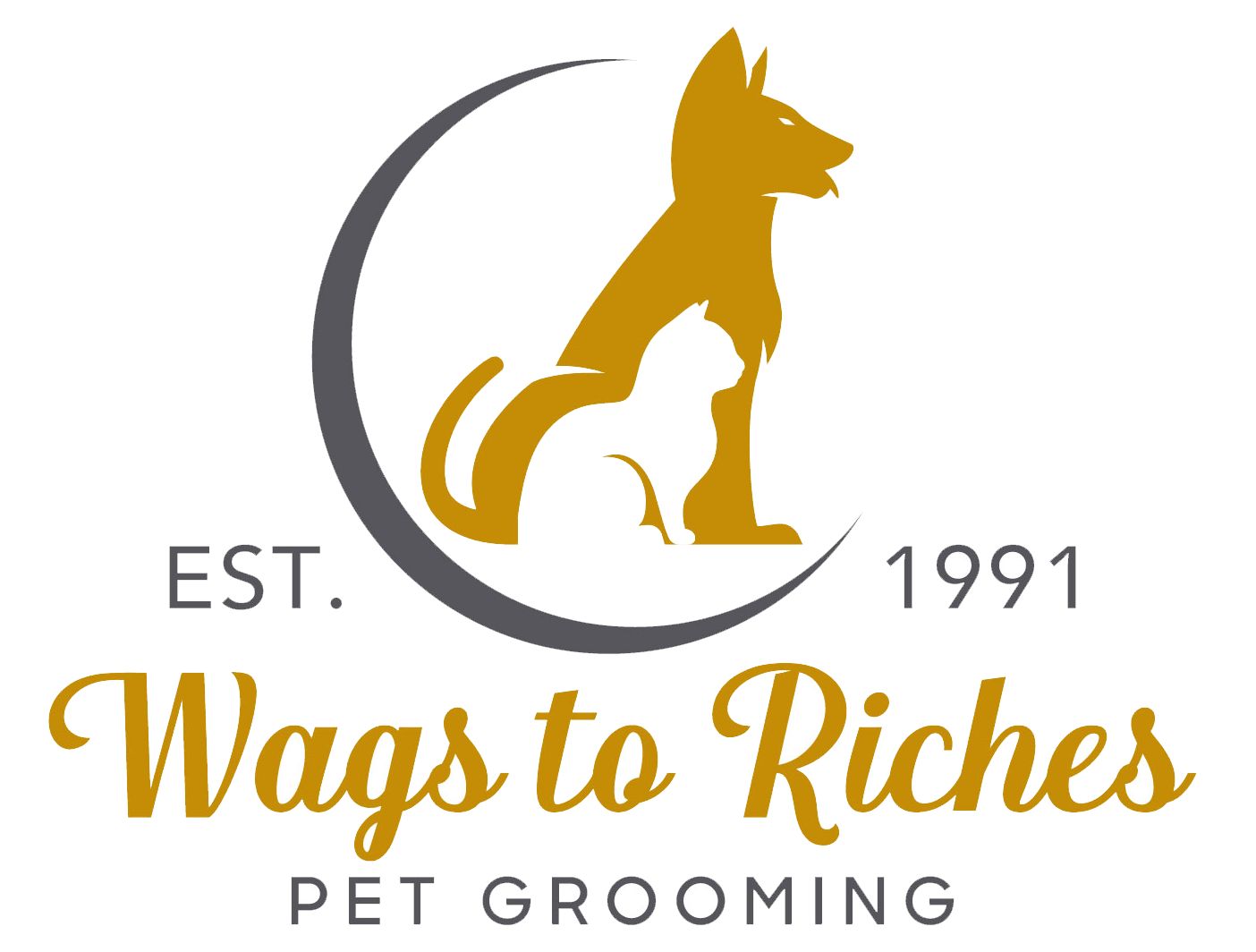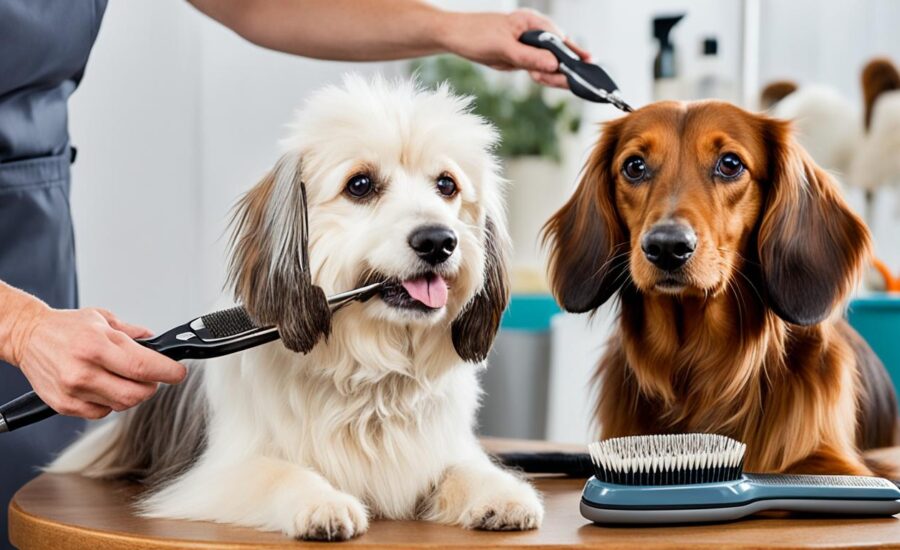For many pet lovers, grooming is a cherished ritual. It’s a moment to bond and make sure our furry friends look great. But it’s not just about looks; the right pet grooming brush boosts your pet’s health and joy. So, how to choose the right brush for your pet’s coat type? With so many pet grooming tools out there, knowing which brush fits your pet’s coat can be overwhelming. Whether it’s shiny short hair that needs a quick brush or a luxurious long mane that needs careful grooming, this guide will help. Let’s find the perfect brush for your pet care routine, a key to grooming excellence.
Key Takeaways
- Determining the best pet grooming brush depends on your pet’s specific coat type and needs.
- Understanding the function of different pet grooming tools is essential for a healthy and shiny coat.
- Regular grooming with the right tools promotes not just cleanliness but also overall well-being.
- Introducing pets to grooming early with the proper tools is crucial for their comfort and coat health.
- Pet care isn’t one-size-fits-all; it’s about customizing the grooming experience to suit each pet.
- Preventing matting and maintaining coat health starts with selecting the optimal brush for your pet.
- The search for how to choose the right brush for your pet’s coat type leads to happier pets and pet owners alike.
The Importance of Regular Grooming for Your Pet’s Health
Regular grooming is key to your pet’s care. It makes them look great and keeps them well. A good dog or cat brush is important for this, helping them stay healthy and comfy.
Benefits of Brushing for Different Coat Types
Different pets need different brushes. For pets with long or curly hair, a slicker brush is a good choice to avoid knots. For short-haired pets, a bristle brush is better as it controls shedding and makes the coat shiny.
Recognizing and Addressing Your Pet’s Grooming Needs
The right brush is more than about looks. It’s about knowing what your pet needs. If grooming makes them upset, you might need a different brush. There are many brushes available for every type of coat and pet personality.
| Brush Type | Coat Type | Function | Usage Tip |
|---|---|---|---|
| Slicker Brush | Medium-to-Long, Curly | Removes mats, detangles | Light strokes to prevent skin irritation |
| Rake | Thick, Double-Coated | Eliminates tangles, removes dead undercoat | Use with care in heavily matted areas |
| Bristle Brush | Short-Haired | Removes loose hair, spreads natural oils | Perfect for daily use to manage shedding |
| Pin Brush | All Types, Finishing Touch | Smooths hair, removes final remnants of dirt | Ideal for finishing after a thorough brushing |
| Flea Comb | All Types | Detects and removes fleas | Regular use to prevent flea infestations |
Remember, picking the right brush strengthens the bond with your pet. With the correct tools, grooming becomes a joyful time for both of you.
Understanding Pet Coat Varieties
Selecting the right grooming tool is key to keeping your pet’s coat healthy and shiny. The variety of pet coats is wide, from the short hairs of a dachshund to the dense fur of a Samoyed. Grooming practices depend greatly on this diversity.

Understanding your pet’s coat needs can greatly affect their comfort and appearance. A good brush does more than just remove loose fur and dirt. It massages the skin, boosts circulation, and spreads natural oils across the coat. For short-haired pets who shed a lot, rubber brushes are great. They’re gentle on the skin but catch a lot of loose hair.
Long-haired pets need special care to avoid matting, which can be painful and unhealthy. To prevent this, use brushes that detangle without hurting, like those with rounded pins. This helps keep their coat smooth and healthy.
- Short-haired dogs: rubber or soft bristle brushes
- Long-haired dogs: pin brushes or detangling tools
- Thick, double coats: undercoat rakes or slicker brushes
- Curly-haired dogs: wide-toothed combs or detangling brushes
Choosing the right grooming tool is vital for your pet’s care. Different breeds, like a Chihuahua and a Newfoundland, have unique grooming needs. The right brush makes grooming more pleasant for your pet and more effective for you.
The ideal brush for your pet affects more than just their current look. It is an investment in their long-term health and well-being. Pick grooming tools that are suited to your pet’s specific coat type for the best outcome.
How to Choose the Right Brush for Your Pet’s Coat Type
Finding the right pet grooming brush is crucial for your pet’s coat health and pet care routine. Whether you’re looking for the best brush for your pet’s coat or stocking up on pet grooming supplies, knowing about different brushes is key to a happy pet.

Slicker Brushes for Mat Prone Coats
If your pet has medium to long, or curly hair, slicker brushes are a top choice. This kind of pet grooming brush helps untangle and remove mats gracefully. Its angled wire pins gently tackle the tangles and stop mats from forming, an important part of pet care.
Bristle Brushes for Short and Smooth Coats
Pets with short, smooth coats do well with bristle brushes. You can find these with natural or synthetic bristles, perfect for low-shedding breeds. Bristle brushes remove loose fur and dander while making the skin healthier and shinier. They’re essential pet grooming supplies for pets with short coats.
Pinhead Brushes for Finishing Touches
The pinhead brush is crucial for a polished look. Best for long or wire coats, it makes hair smooth and free of dirt. It’s the final step in grooming, needed for a neat coat that stands out in pet care.
| Coat Type | Recommended Brush | Key Benefit |
|---|---|---|
| Medium to Long, Curly | Slicker Brush | Removes and prevents mats and tangles |
| Short and Smooth | Bristle Brush | Removes loose hair and stimulates skin |
| Long or Wire Coats | Pinhead Brush | Provides finish touches and smooths hair |
Choosing the best brush for your pet’s coat is key to their grooming and care. Whether it’s a slicker, bristle, or pinhead brush, each has its place in pet grooming supplies. With the right tools, grooming can enhance your bond and maintain a healthy coat.
Selecting the Perfect Size and Type of Brush
Choosing the right brush for your pet’s fur is crucial. It makes grooming enjoyable for your pet. The brush should fit your pet’s size and handle their fur well. This way, their coat stays healthy and shiny. We’ll look into how to pick the right grooming tools for your pet’s needs.
Consider Your Pet’s Size When Choosing a Brush
When grooming, the brush size matters a lot. Big pets need big brushes to cover more area. Small pets, however, do better with smaller brushes. Small brushes are easier to use around sensitive spots. This ensures your pet looks and feels good after grooming.
The Ergonomics of Pet Grooming Tools
A good grooming tool is easy to hold. It should not strain your wrist, especially when grooming pets with long fur. The right brush will feel good in your hand and make grooming less tiring. It makes the grooming process better for you and your pet.
Self-Cleaning Brushes Versus Traditional Brushes
Self-cleaning brushes are a recent innovation. They make removing fur easy, encouraging regular grooming. However, traditional brushes still play an essential role. It’s important to choose the brush that best suits the grooming task. After grooming, keeping your tools clean ensures they last longer. This keeps your pet happy and healthy, no matter the brush type.
FAQ
What types of brushes are suitable for medium-to-long-haired or curly-haired pets?
Why is regular grooming important for my pet’s health?
How can I tell if I’m using the wrong brush for my pet?
Are there specific brushes recommended for short-haired pets that shed a lot?
What is the best type of brush for pet owners to use on long and mat-prone coats?
What factor should be considered when selecting the size of a pet grooming brush?
Why is the ergonomic design of pet grooming tools important?
How do self-cleaning brushes compare to traditional brushes for pet grooming?
Can I use a bristle brush on a double-coated breed?
Are there benefits to using rubber brushes on short coats?
What is a flea comb and should it be part of my pet’s grooming routine?
Source Links
- https://www.akc.org/expert-advice/health/types-dog-brushes-shedding/
- https://www.hartz.com/choosing-the-right-brush-for-your-dog
- https://prideandgroom.com/blogs/dog-grooming-tips-blog/dog-grooming-brushes-guide-find-perfect-comb-for-your-dog-s-coat

